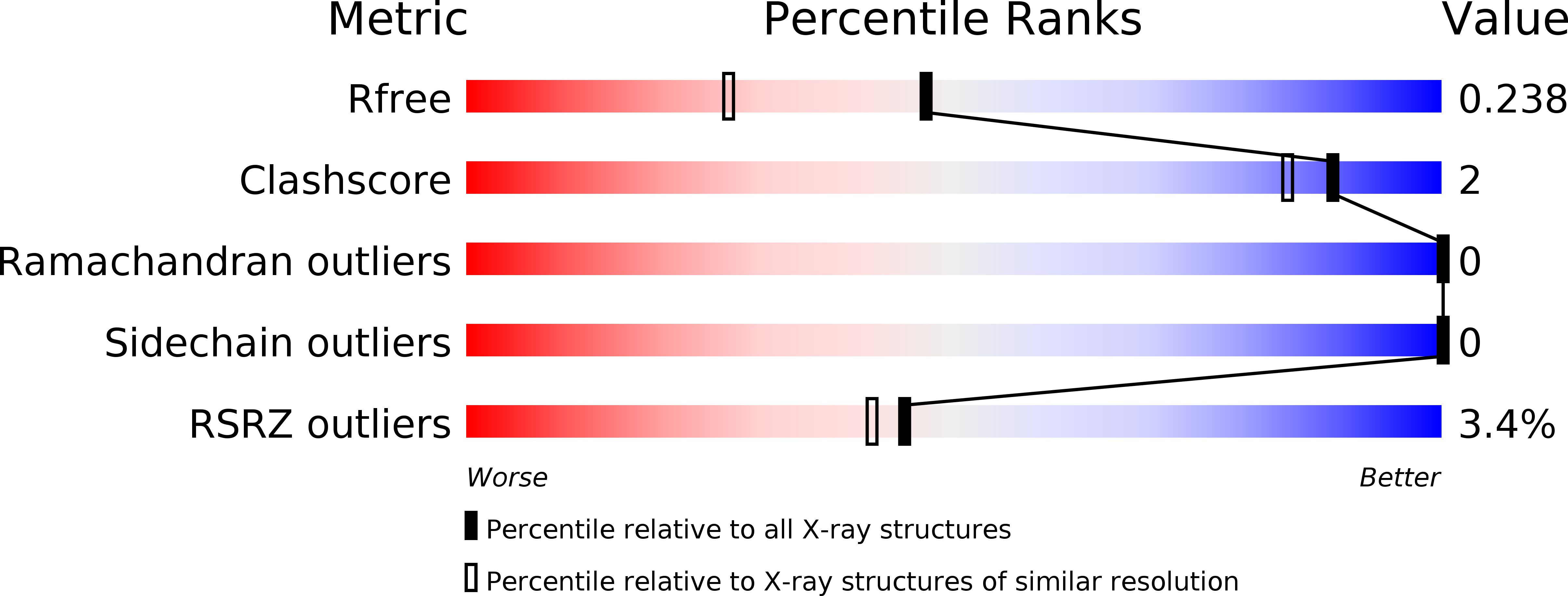
Deposition Date
2011-12-06
Release Date
2011-12-28
Last Version Date
2023-09-13
Entry Detail
PDB ID:
3UYO
Keywords:
Title:
Crystal structure of monobody SH13/ABL1 SH2 domain complex
Biological Source:
Source Organism:
Homo sapiens (Taxon ID: 9606)
Host Organism:
Method Details:
Experimental Method:
Resolution:
1.83 Å
R-Value Free:
0.23
R-Value Work:
0.18
R-Value Observed:
0.19
Space Group:
P 21 21 2


